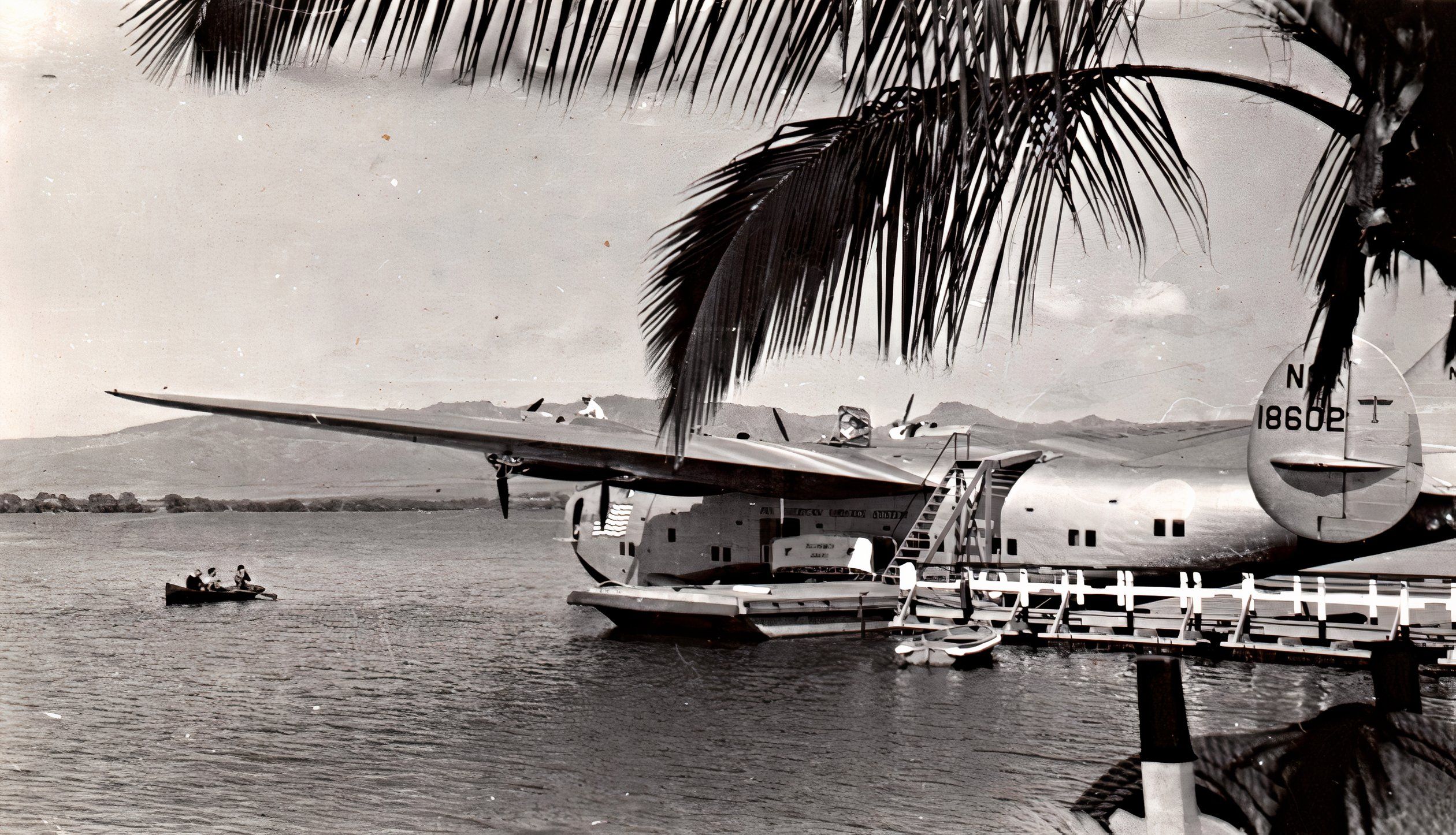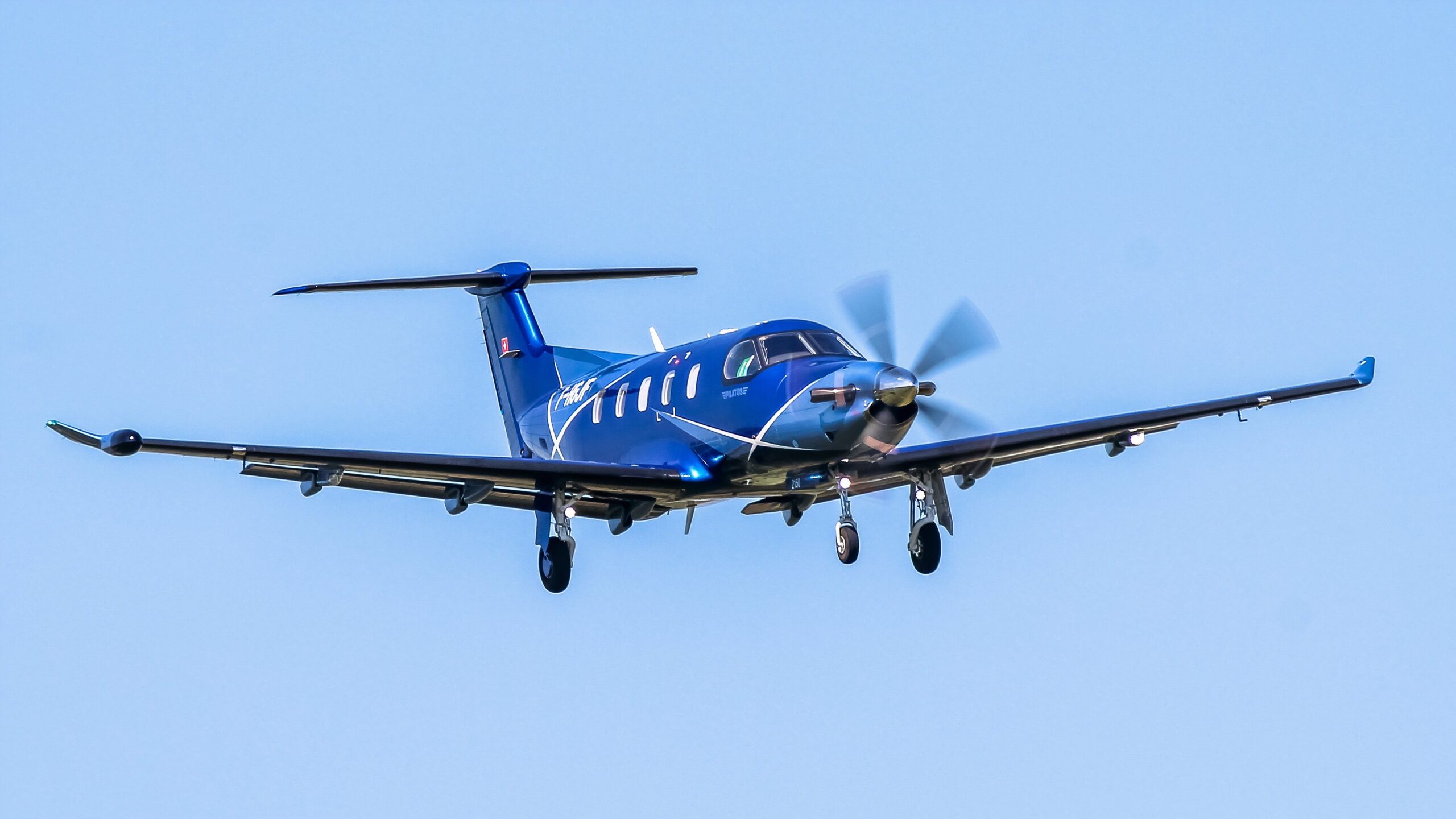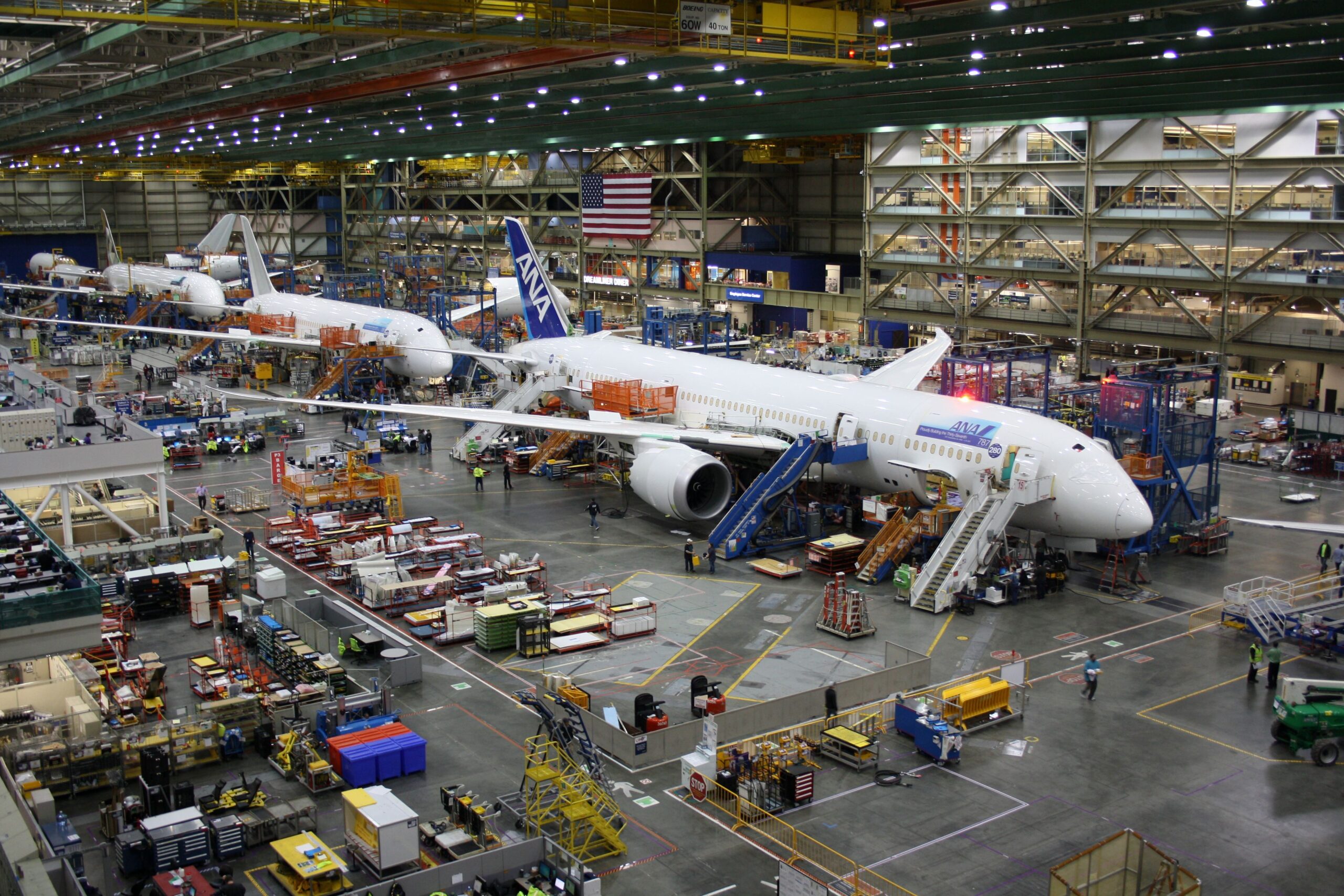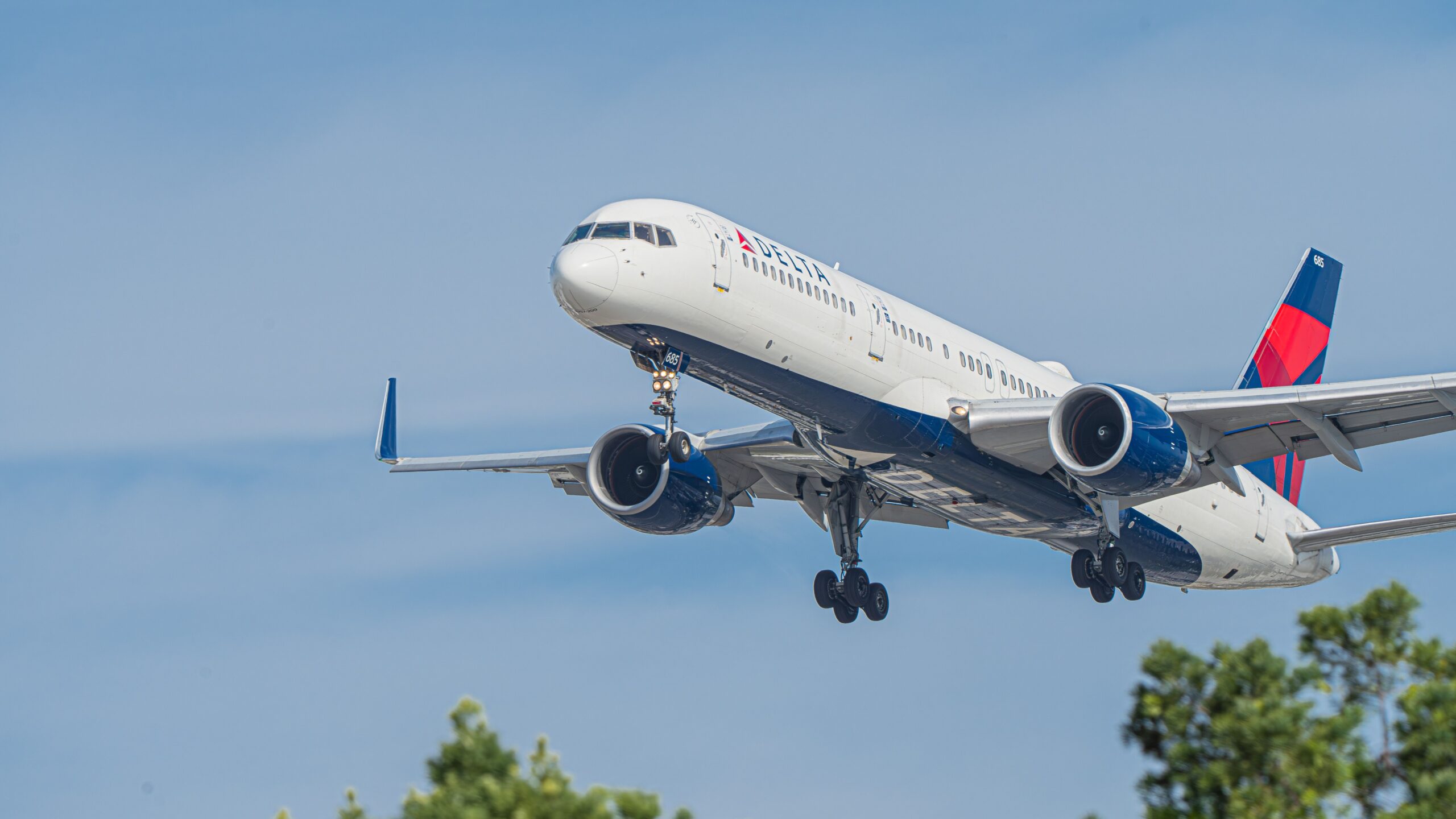Summary
- First-ever scheduled international passenger flight from London to Paris: August 25, 1919.
- Air Transport and Travel Ltd utilized modified planes and navigated challenges like outdated technology.
- Success led to increased public interest in international air travel with a focus on innovation and comfort.
On August 25, 1919, the aviation world witnessed a groundbreaking event that would pave the way for the modern era of international travel. On this day, Air Transport and Travel Ltd (AT&T) operated the first-ever scheduled international passenger flight from London to Paris, marking a significant milestone in aviation history.
The birth of international air travel
The post-World War I era saw rapid advancement in aviation technology. Air Transport and Travel Ltd., a precursor to British Airways, seized this opportunity to launch regular international flights. Utilizing modified Airco DH.4A aircraft, initially designed for combat during the war, the company could convert these planes for passenger use by adding an enclosed space for two passengers while keeping the pilot’s cockpit open.
The inaugural flight took off from Hounslow Heath Aerodrome in London and landed at Le Bourget Airport in Paris. The sole passenger on this historic journey was a newspaper reporter, illustrating the early media interest in aviation advancement.
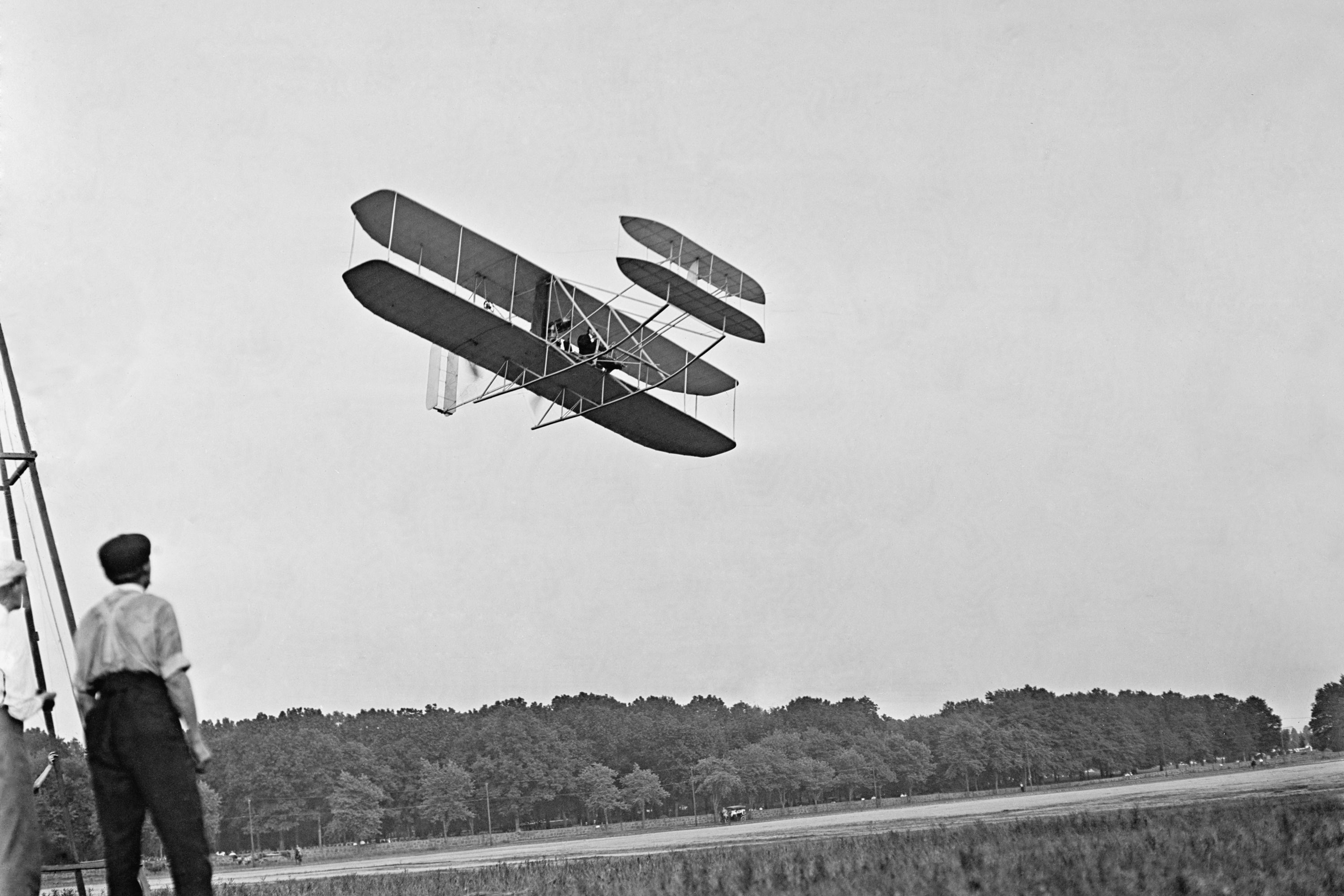
Related
History: Did New Zealand Achieve The First Flight Before The Wright Brothers?
Whether Richard Pearse flew or just “long hopped” before the Wright brothers has been debated for over 120 years.
The Journey and the Aircraft
The Airco DH.4A aircraft used for this first voyage were powered by 350-horsepower Eagle engines from Rolls-Royce, designed to ensure a relatively smooth and reliable flight. Despite the technological limitations of the time, which included a lack of navigational aids and primitive instrumentation, the flight was successful and laid the foundation for future commercial air travel.
Pilots in those early days faced numerous challenges, including unpredictable weather and the absence of a well-established air traffic control system. Pilots relied heavily on visual cues and their judgment.
The first passengers and the growth of international flights
The initial success of this flight quickly caught the public’s imagination, leading to a growing interest in international air travel. Shortly after, Handley Page Transport, Ltd. began operating flights using converted twin-engine bombers capable of carrying up to 14 passengers. These flights, though slower, offered more comfort and established a tradition of luxury in early European air travel.
Air Transport and Travel Ltd.’s pioneering efforts soon led to the development of regular daily services between London and Paris, which included the transportation of mail and parcels in addition to passengers. This service was crucial in demonstrating the viability and potential profitability.
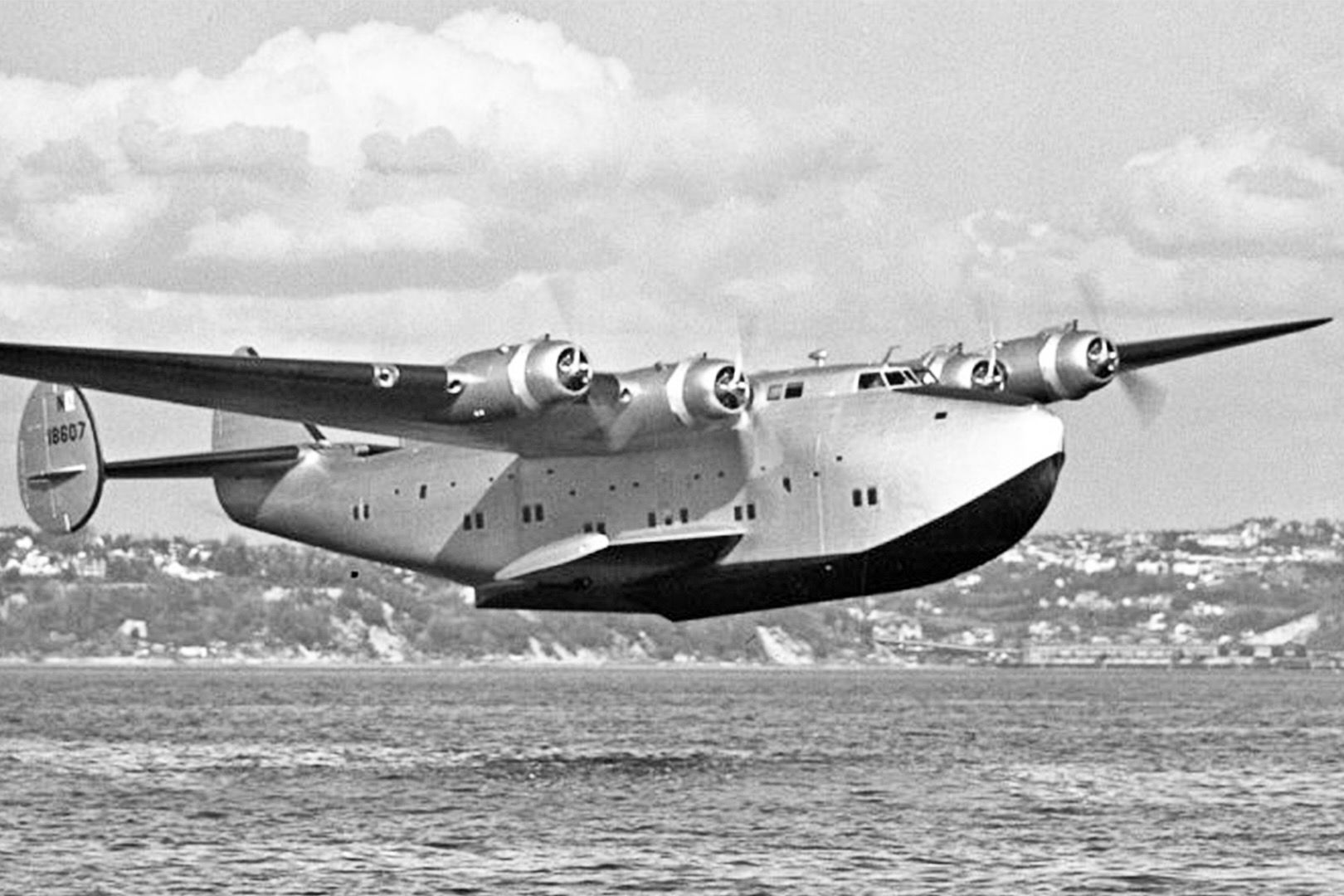
Related
Model 314: When The Boeing Clipper Performed Its First Flight
The ‘Clipper’ took to the skies for the first time over eight decades ago.
The impact of early international flights
The success of the first international passenger flight profoundly impacted the aviation industry. It demonstrated that long-distance air travel was not only possible but could also be conducted on a regular and reliable basis. This breakthrough encouraged other countries and companies to explore and invest in international air services.
In the years following the inaugural flight, airlines such as British Imperial Airways and Pan American Airways began working on transatlantic flights, which were significantly more challenging due to the longer distances and harsher weather conditions over the ocean. Pan-American, under the leadership of Juan Trippe, played a pivotal role in negotiating landing rights and developing routes that included stops at intermediate points such as Newfoundland, Greenland, and Bermuda.
Pioneering airlines of the early flights:
- St. Petersburg-Tampa Airboat Line (USA) – January 1, 1914
- DELAG (Deutsche Luftschiffahrts-Aktiengesellschaft) (Germany) – November 16, 1909
- Air Transport and Travel Ltd (AT&T) (UK) – August 25, 1919
- KLM Royal Dutch Airlines (Netherlands) – May 17, 1920
- Avro Transport Company (UK) – September 1919
Evolution and expansion
By the late 1930s, advancements in aircraft technology and the development of new air routes enabled airlines to offer more extensive and reliable international services. According to Centennial of Flight, the introduction of flying boats like the Boeing B-314 Clipper allowed transatlantic flights with greater passenger capacity and comfort. These aircraft were essential in establishing regular passenger services between North America and Europe, significantly reducing travel time compared to sea voyages.
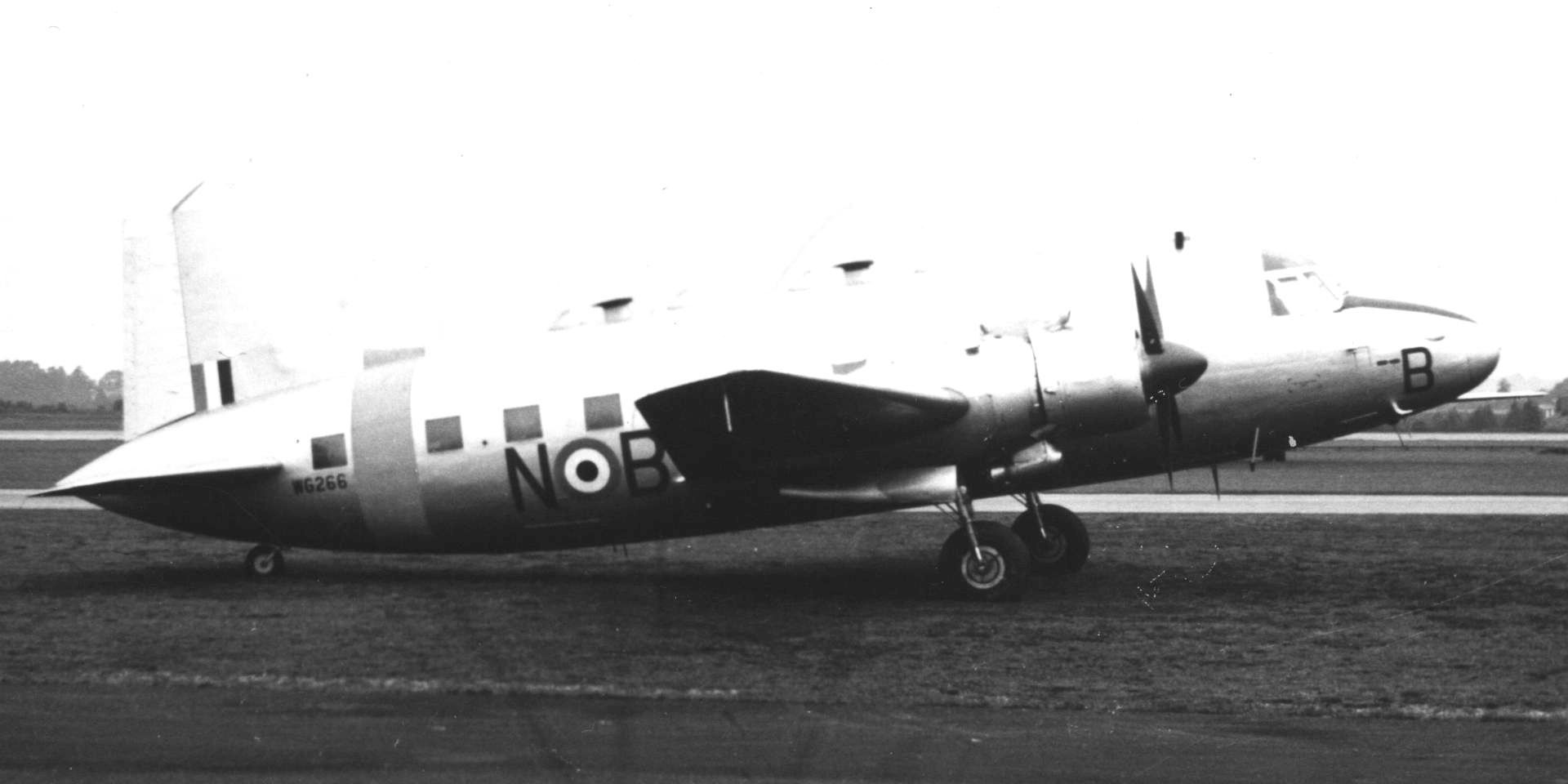
Related
78 Years Since Its First Flight: The Story Of The Vickers Viking’s Military Variants
The Vickers Viking was based on the Wellington bomber.
Political and regulatory developments further bolstered the establishment of international air travel. The formation of the International Air Transport Association (IATA) and the International Civil Aviation Organization (ICAO) after World War II provided a framework for international cooperation and standardization in aviation, facilitating the growth of global air travel.
Legacy and modern relevance
The inaugural international passenger flight from London to Paris in 1919 marked the beginning of a new era in transportation. It symbolized human ingenuity and the relentless pursuit of progress, setting the stage for the global interconnect that defines modern air travel. Today, millions of passengers fly internationally every year, benefiting from the pioneering efforts of early aviators and the continuous advancements in aviation technology and infrastructure.
According to Brittanica, the story of the world’s first international passenger flight is a testament to how far we have come in a little over a century. From a single passenger on a modified warplane to the bustling international airports and advanced jetliners of today, this journey reflects the remarkable progress of the aviation industry and its profound impact on our world.
A list of other pioneering flights:
|
Date |
Flight Description |
Significance |
|---|---|---|
|
January 1, 1914 |
St. Petersburg-Tampa Airboat Line: First scheduled commercial airline flight |
Marked the beginning of commercial air travel, operated by Tony Jannus in a Benoist airboat. |
|
August 25, 1919 |
London to Paris: First scheduled international passenger flight by Air Transport and Travel Ltd (AT&T) |
Established the first regular international air service, precursor to British Airways. |
|
May 20-21, 1927 |
Charles Lindbergh’s Solo Transatlantic Flight: New York to Paris |
Demonstrated the potential for long-distance commercial flights and increased public interest in aviation. |
|
June 28, 1939 |
Pan American’s Yankee Clipper: First scheduled transatlantic passenger service |
Inaugurated regular transatlantic passenger service, significantly reducing travel time across the Atlantic. |
|
October 26, 1958 |
BOAC’s Comet 4: First transatlantic jet service from London to New York |
Marked the beginning of the jet age, providing faster and more comfortable transatlantic flights. |
|
April 27, 1970 |
Boeing 747’s First Commercial Flight: Pan American’s New York to London service |
Introduced the era of the wide-body jet, revolutionizing air travel with increased passenger capacity and range. |
By understanding and appreciating the history of these early flights, we can better appreciate the convenience and efficiency of modern air travel and recognize the innovations that have made it possible.




